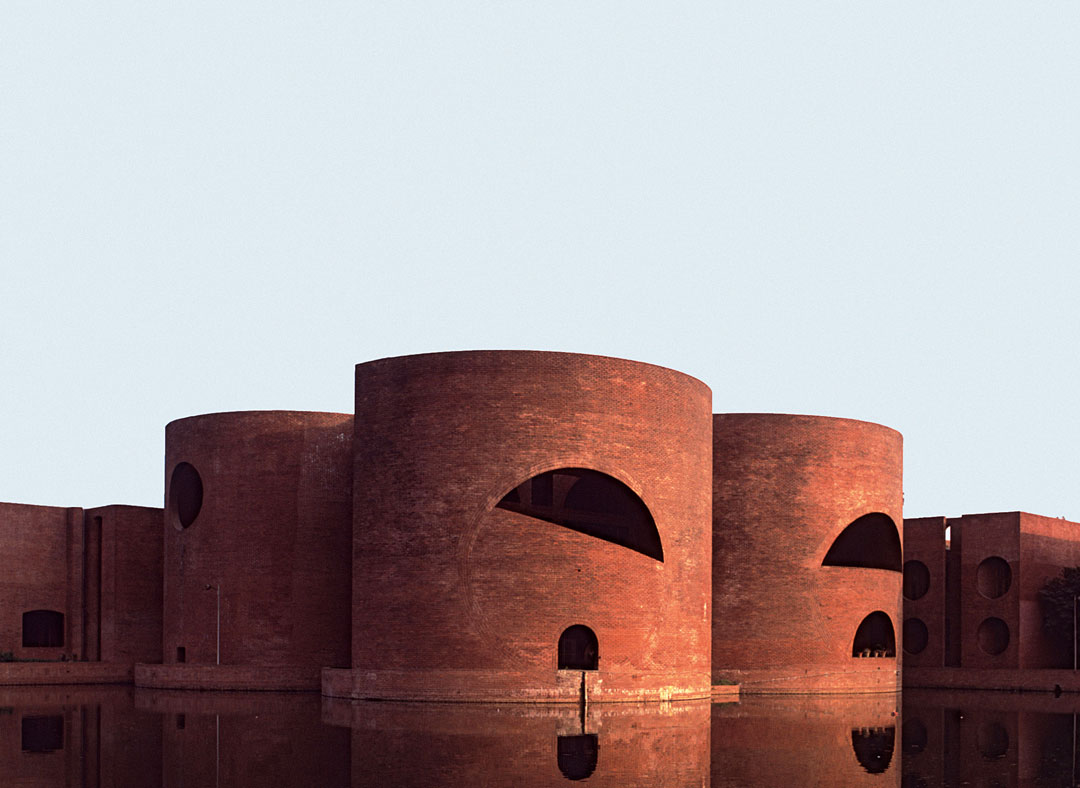
Why Louis Kahn would often talk to bricks
A simple, quirky piece of advice to his students showed that this building material had a lot to say
When Louis Kahn’s students were stuck for inspiration, Kahn suggested they have a conversation. So far, so conventional. However, the great American architect didn’t suggest his young charges have a chat with a client, a focus group or another architect. Rather, he suggested they pose a couple of questions to some common building materials.
“Kahn famously imagined a conversation with one material, asking, ‘What do you want, brick?’” writes William Hall in his reissued mini format version of Brick. “Brick replied: ‘I like an arch’. Kahn continued, ‘Look, I want one too, but arches are expensive and I can use a concrete lintel ... what do you think of that brick?’. Brick says: ‘I like an arch’.”
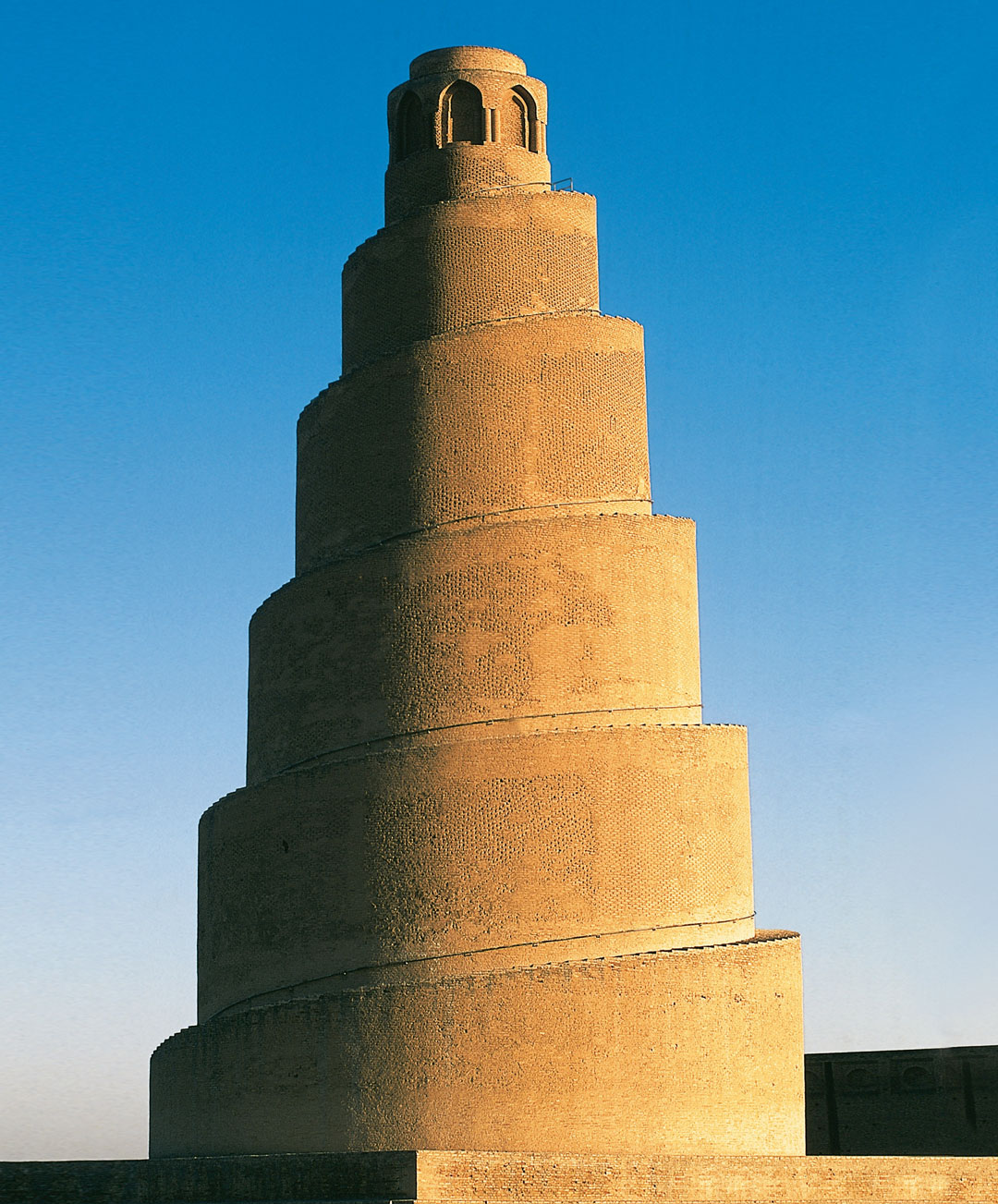
This conversation didn’t end with a few odd looks, but rather a deeper meditation on the uses of masonry, Hall explains. “Kahn wanted his students to see the limitations – and especially the potential – of materials, and to use them appropriately.”
Hall’s architectural survey features one of Kahn’s brick masterpieces: the Bangladesh National Assembly. Judging by the finished structure, the brick eventually won that arch conversation with Kahn.
“These colossal arches are typical of Kahn’s work on the vast 197 acre (80 hectare) site of the Bangladesh National Assembly,” writes Hall. “They are bold, geometric, and stately, yet – perhaps by virtue of the choice of material – remain humble and protective despite their powerful presence.”
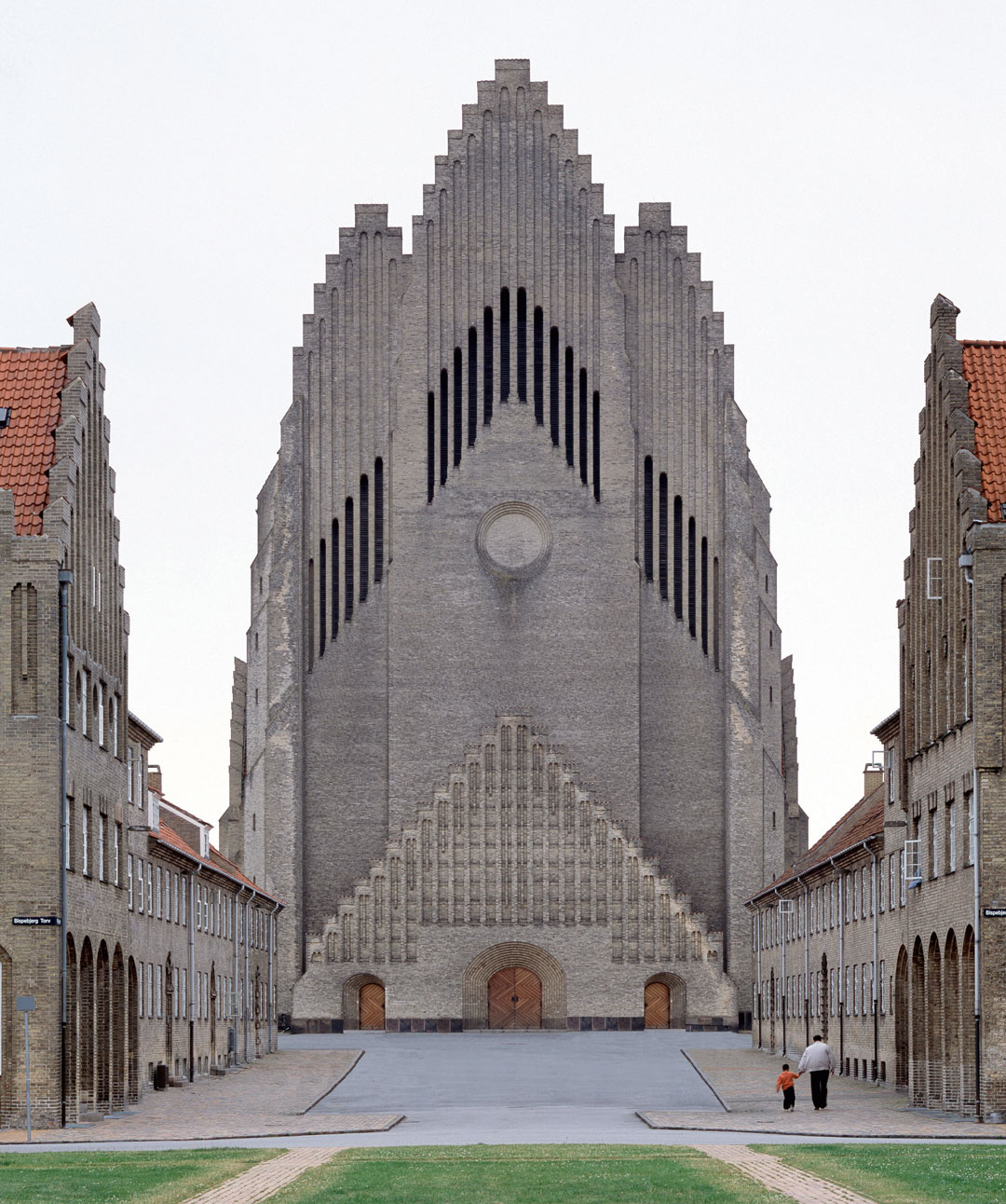
As impressive as these arches are, they’re not the most breathtaking image in Brick. The book proves that, while we think of these fired-clay blocks as one of the lowliest of building materials, it has actually been used in a wide range of ambitious buildings, from the ancient Malwiya Minaret, in Samarra, Iraq; through to the soaring lines of Grundtvig’s Church, the early 20th century ecclesiastical building in Copenhagen, Denmark; to the chilled, groovy interior of the Featherston House, built in Melbourne back in 1968 by Robin Boyd.
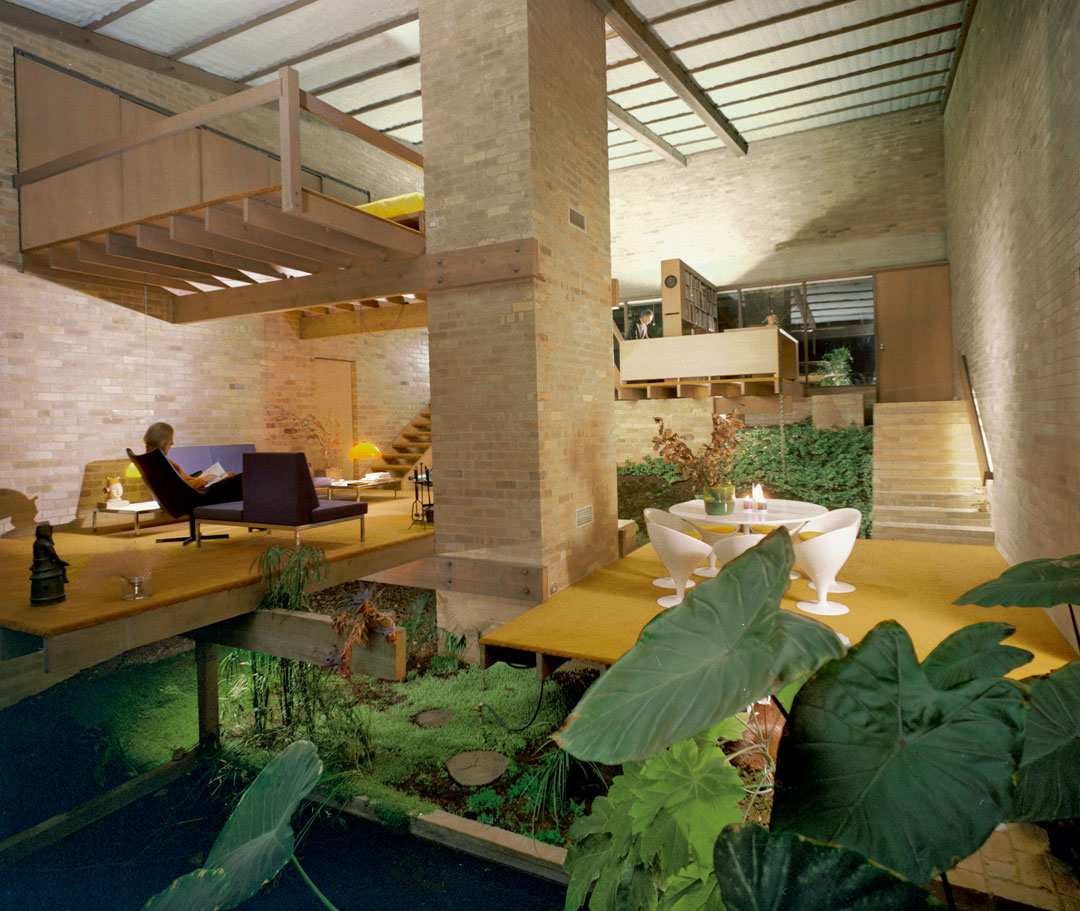
After leafing through this book you realise that, far from being a mute building material, Brick has got quite a story to tell.
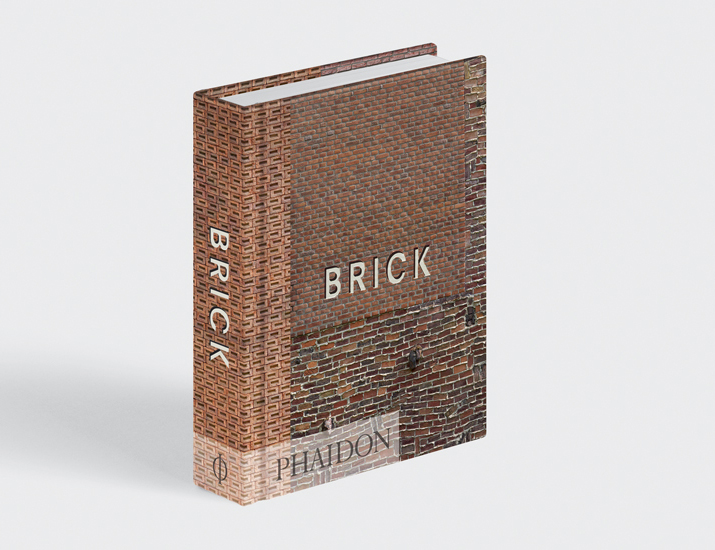
To find out more about these buildings and much more besides, order a copy of Brick, Mini Format here. Its new size means you can easily carry it anywhere. Unlike that arch. . .